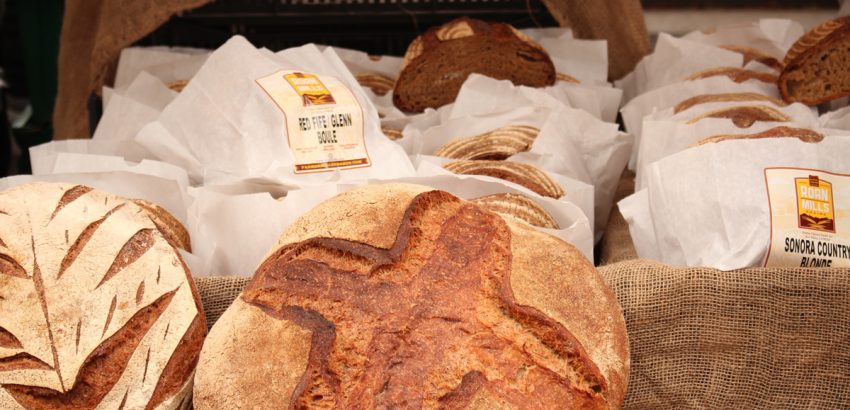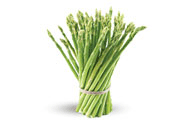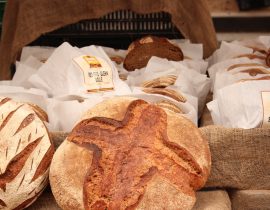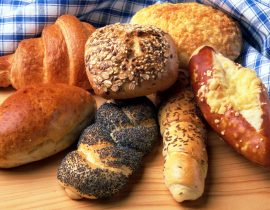The visual presentation of foods is often considered by chefs at many different stages of food preparation, from the manner of tying or sewing meats, to the type of cut used in chopping and slicing meats or vegetables, to the style of mold used in a poured dish. Food presentation is the art of modifying, processing, arranging, or decorating food to enhance its aesthetic appeal. The food itself may be decorated as in elaborately iced cakes, topped with ornamental sometimes sculptural consumables, drizzled with sauces, sprinkled with seeds, powders, or other toppings, or it may be accompanied by edible or inedible garnishes. The arrangement and overall styling of food upon bringing it to the plate is termed plating.
Traditionally at a 6 o’clock position, vegetable, at a 2 o’clock position, starch at an 11 o’clock position, sauce and garnish. Aesthetically pleasing and eye-appealing food presentations can encourage people to consume foods. A common saying is that people “eat with their eyes”. Food presented in a clean and appetizing way will encourage a good flavor, even if unsatisfactory. Another universal phenomenon regarding food is the appeal of contrast in taste and presentation.
While many foods can be eaten raw, many also undergo some form of preparation for reasons of safety, palatability, texture, or flavor. At the simplest level this may involve washing, cutting, trimming, or adding other foods or ingredients, such as spices. It may also involve mixing, heating or cooling, pressure cooking, fermentation, or combination with other food. Some common styles of plating include a ‘classic’ arrangement of the main item in the front of the plate with vegetables or starches in the back, a ‘stacked’ arrangement of the various items, or the main item leaning or ‘shingled’ upon a vegetable bed or side item. Item location on the plate is often referenced as for the face of a clock, with six o’clock the position closest to the diner.









I agree that food will become more attractive and delicious if it is presented beautifully.
Thank you. Let’s follow me to know more shares